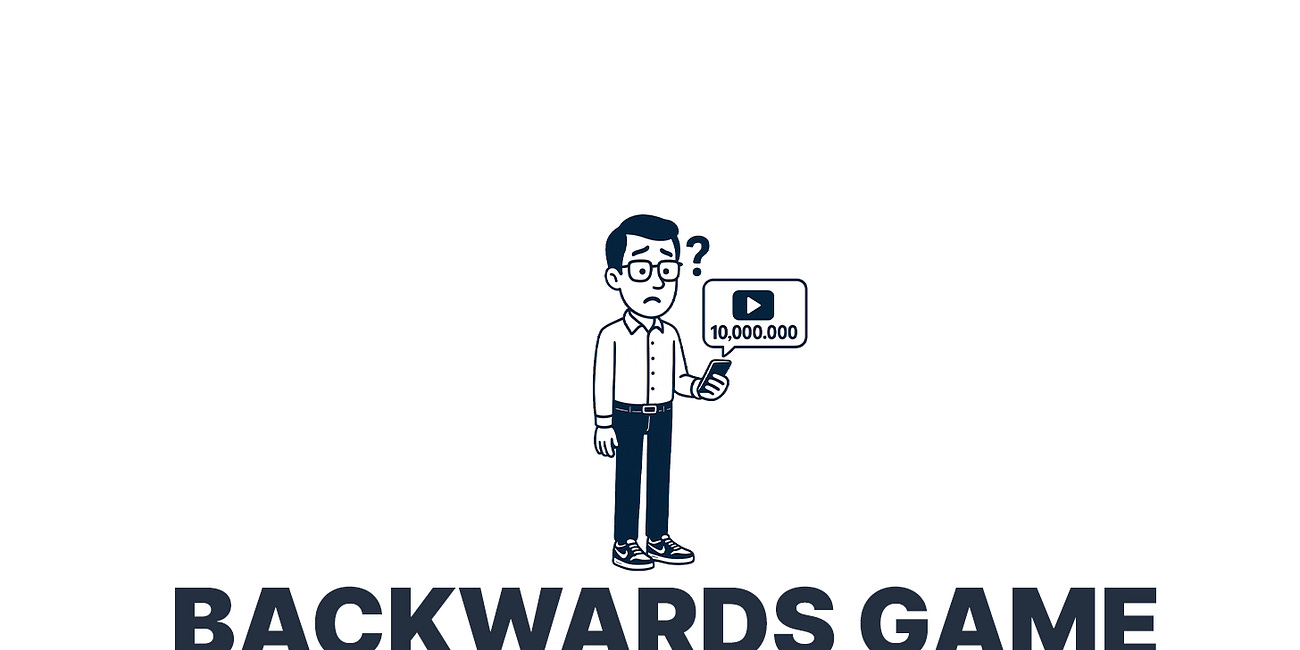The Real Reason Your Mortgage Rate Isn’t Falling
The Simple Truth About How Mortgage Rates Actually Work
The Federal Reserve has cut rates three times this year.
Inflation has cooled from nine percent to under three percent.
Yet your mortgage rate is still above six percent.
Here’s why.
The Federal Reserve controls something called the federal funds rate.
That’s the interest rate banks charge each other for overnight loans. When the Fed cuts this rate, it makes short-term borrowing cheaper.
Credit cards, car loans, and business lines of credit all feel the impact quickly.
Mortgage rates don’t work that way.
How do mortgage rates actually work?
Mortgages are long-term loans.
You’re borrowing money for fifteen or thirty years. Lenders don’t price those loans based on what happens overnight. They price them based on the 10-year Treasury bond, which reflects where investors think the economy is headed over the next decade.
Right now, the 10-year Treasury is yielding around 4.2%. But mortgage rates are sitting above 6%.
That gap is called the spread.
Think of the spread like a restaurant markup. (Not mayo).
A restaurant buys ingredients at wholesale cost, then charges you retail price.
The difference covers their rent, labor, risk of spoilage, and profit.
Mortgage Lenders do the same thing. They borrow at Treasury rates, then charge you more to cover their costs and risks.
In normal times, that markup runs about 1.5 to 2 percentage points. Right now it’s closer to 3 percentage points.
That extra cushion is costing you money.
3 things that are keeping mortgage rates high
Inflation hasn’t actually cooled everywhere. Rent is still climbing in most major cities. Insurance costs are up double digits. Services like childcare and healthcare keep rising faster than wages. Lenders see those numbers and worry that inflation could accelerate again, so they’re charging more to protect themselves.
The Federal Reserve stopped buying mortgage-backed securities. During the pandemic, the Fed was the largest buyer in the market. That kept the markup artificially low. Now private investors set the price, and they want higher returns for taking on the same risk.
Uncertainty makes investors super nervous. Geopolitical tensions, government debt concerns, and an uneven housing market all signal volatility. When investors feel uncertain, they demand bigger markups.
The rates are not coming down anytime soon until three things happen: inflation settles completely, the Fed provides clearer support, and investors feel safer about the future.
None of those conditions exist today.
I am sorry.
Even optimistic forecasts only see mortgage rates dipping below 6% by late 2026.
For context: Today’s 30-year mortgage rates are around ~6.3%. That feels high compared to the ~3% lows we saw during COVID. But keep perspective: the 50-year historical average is roughly 7.7%… and remember, in the early 1980s rates peaked above 18%.
So what should you do if you want to buy a home?
The lesson isn’t to wait for rates to return to 3%.
That is not the world that we live in and I will bet you dollars to donuts that doesn’t happen anytime soon.
The lesson is to make decisions in the world we actually live in.
If you’re buying, adjust your budget or look in different neighborhoods.
If you’re refinancing, wait for another half point drop rather than holding out for the bottom.
The market you’re in is the market you’ve got.
If you liked this post, you should definitely check out this one:
Why Finance Advice Goes Viral When It's Wrong (And Gets Ignored When It's Right)
Did you know that 50% of Gen Z learns about money primarily from TikTok?




Wonderful content for half of it.. It would help if you didn't write the other half with pale red letters on a white background. Almost impossible to read. Don't believe me? Ask an ophthalmologist.
I can relate your write-up to the Canadian market as well. If possible, please take the trouble to write a piece of such an articulate write-up focusing on the Canadian RE market. Thanks!